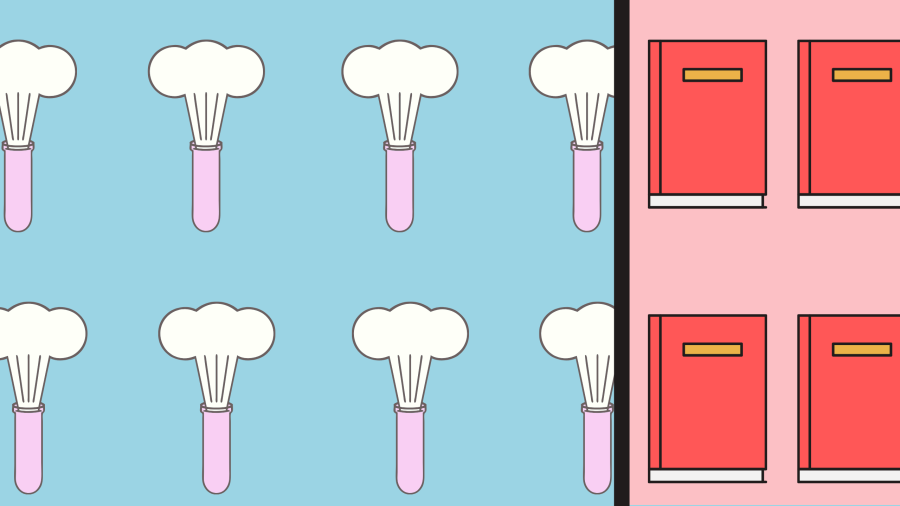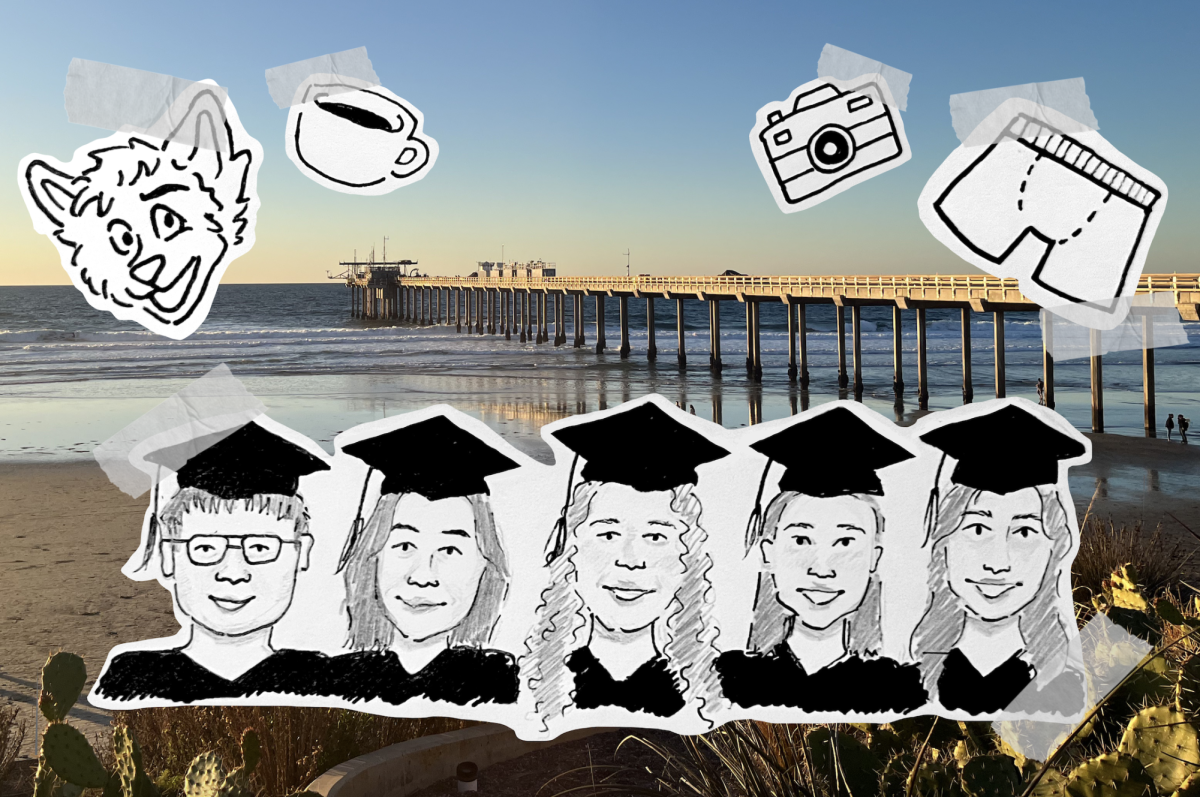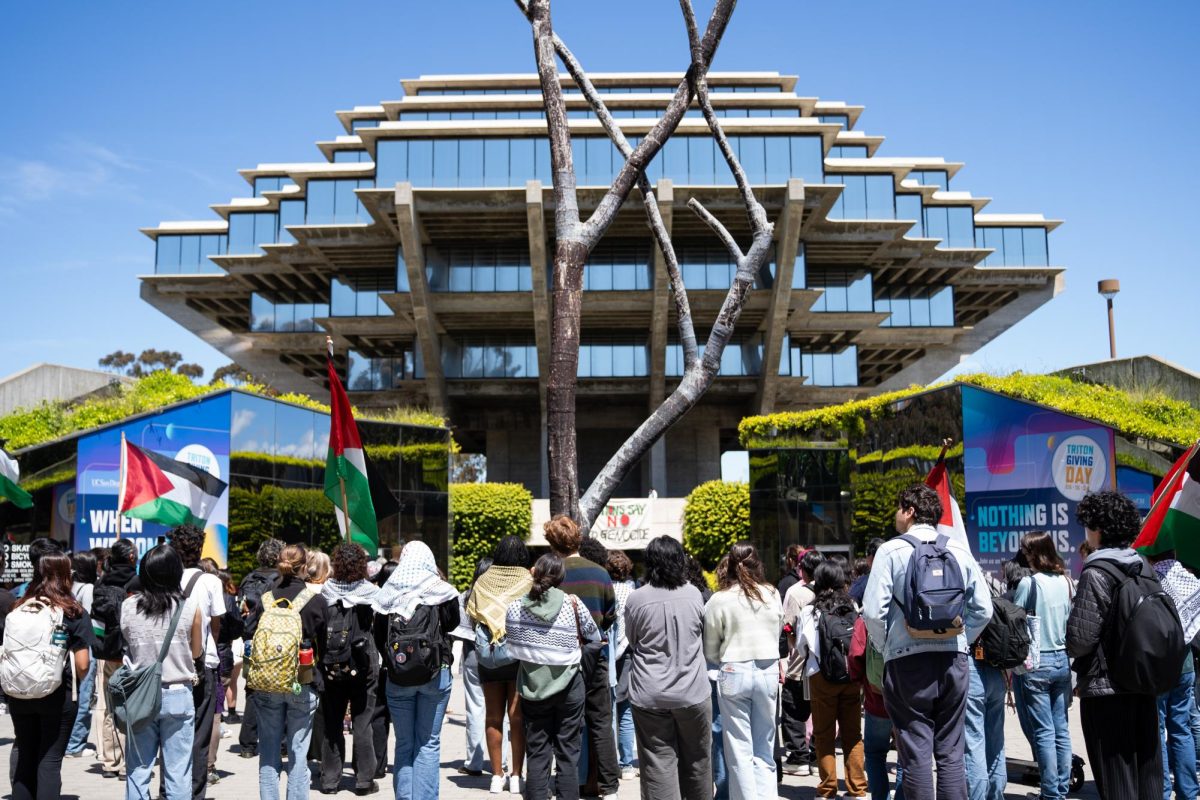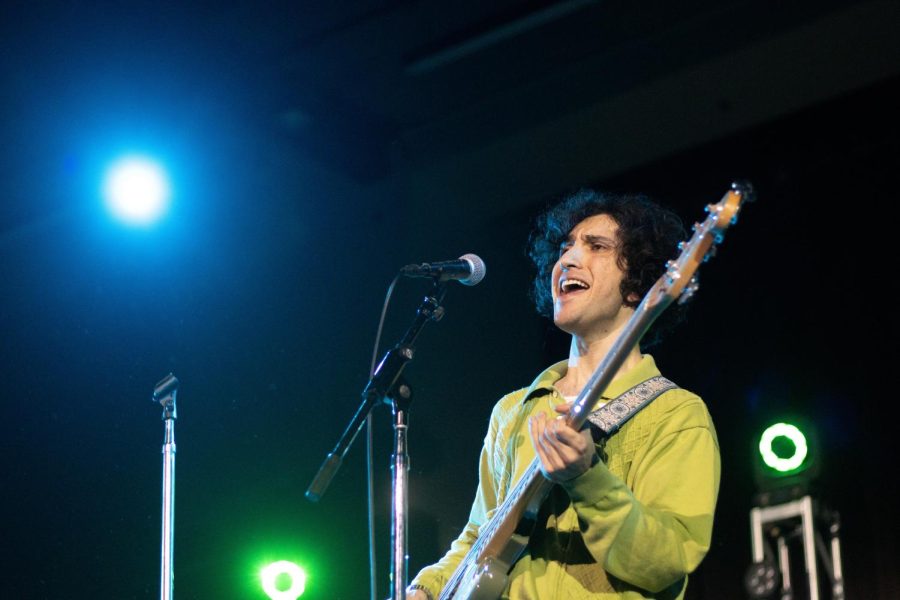UC San Diego is a school centered on Science, Technology, Engineering and Math. Sure, the statement is technically debatable, but at a school where a majority of the students are in STEM fields, it is practically fact. According to UCSD’s data for 2017-2018, approximately 64 percent of undergraduate students were enrolled in a science or engineering field. Such an overwhelming majority brings about countless issues for non-STEM students, departments, and faculty. It also creates problems for STEM students because a STEM-centric campus means large impersonal classes and cut-throat competition for students. Furthermore, a STEM-centric campus trivializes non-STEM subject areas. While the trivialization’s effect on non-STEM students seems obvious, what is often left out of the conversation is its impact on STEM students. Often, UCSD’s STEM-centric culture and systems encourage STEM students to treat liberal arts and humanities courses as “extras,” preventing students from gaining the necessary knowledge they need understand the impact of their subjects in a real-world context and responsibly work in their fields.
Currently, STEM students are required to take non-STEM courses to round out their education in the form of general education requirements and electives. However, they are rarely taught that those courses are often as relevant to their careers as their major requirements. After all, science, technology, and medicine are not practiced in vacuums. They are practiced in institutions and organizations created by people and thus, affected by the very social, political, and cultural forces that shape human beings. For example, social and cultural biases determine the data we choose to study, the knowledge we consider valid enough to include, the way we treat people in our fields, and the problems we choose to solve. Moreover, societal and political institutions determine how research is implemented and who has access to science and technology’s benefits while who suffers the consequences.
Still, many STEM students treat their liberal arts and humanities courses as easy As. Part of the reason is that UCSD’s cut-throat STEM classes make it almost impossible for students to maintain competitive GPAs without excessive studying, depriving them of the time and effort necessary to engage with their other classes. For example, some of the school’s most popular STEM majors such as biology and computer science use “weeder” courses to challenge students to the point where they either fail out of or leave their respective majors. Thus, even though UCSD requires undergraduates to take writing courses and interdisciplinary electives, it fails to ensure that STEM curricula leave room for students to prioritize those courses enough to gain knowledge from them.
Still, some argue that STEM students make the decision to treat their non-STEM class as less useful and important. While that may be true, it is necessary to note that some of those biases are fueled by a campus culture and curriculum that ignores the value of the arts, humanities, and social sciences. Furthermore, the fact that the humanities, social sciences, and art departments have courses that offer easy As only feeds into this devaluing. For example, several Political Science courses taught by Professor Victor Magagna have an average grade of an A-minus, with more than 90 percent of students receiving the grade according to Course and Professor Evaluations. While it can be easy to blame the departments for creating such courses, it is important to note that certain department funding is dependent on enrollment numbers. For example, according to the Executive Vice Chancellor of Resource Administration’s website, only courses with 20 or more students count towards a department’s funding for teaching assistants. Of course, the existence of easy-A courses is not inherently bad, as such classes act as a refuge for over-stressed students looking for a fun, interesting and stress-free class. They only become a problem if they are the only exposure people get to necessary subject areas, which is often the case for STEM students. After all, easy-A classes allow students to receive stellar grades without engaging with the material, which means students have less incentive to learn and thus, become unable to incorporate the class’s concepts into their lives and careers.

Nevertheless, the emphasis on STEM goes beyond individual department coursework and stems from UCSD’s general lack of focus on interdisciplinary learning. The sheer amount of requirements STEM departments attach to their degrees prevents students from supplementing their education with liberal arts and humanities classes. Of course, the focus on technical subjects makes sense to some degree because STEM students need technical knowledge to perform in their careers. However, the problem arises because STEM major requirements fail to adequately incorporate social and cultural perspectives, treating those as separate and unnecessary even though STEM students need awareness of the communities, cultures, and people they work with. For instance, according to a 2019 study published in the Journal of Health Care for the Poor and Underserved, all doctors evaluated for implicit bias showed a strong bias for white Americans over black Americans. Some effects of this bias are doctors treating pain in black patients less seriously and seeing black patients as less cooperative. The results show that social and cultural biases continue to be a blind spot for STEM professionals, pointing to the need for STEM education to incorporate sociocultural perspectives to account for them.
However, STEM, social sciences, arts, and humanities departments at UCSD rarely collaborate, if ever, to create courses that fulfill requirements among several departments and further a more holistic understanding of their disciplines. For example, even though the philosophy department offers a course titled “Technology and Human Values,” it does not fulfill any computer science degree requirements. However, if the course had been created through collaboration between departments, it would be more likely to fulfil requirements for both STEM and social sciences degrees. Consequently, a lack of collaborative courses hurts both non-STEM and STEM students by preventing them from learning from each other and gaining a well-rounded perspective on their disciplines. To make matters worse, the real-world impacts of the lack of liberal arts emphasis are significant. As is the case with medical students who are deprived of sociocultural understandings of their professions, when computer science students do not learn about technology’s connections to society, they fail to see how social media contributes to polarization and hate speech and fail to tackle the racial, gender, and economic biases that persist in the tech world. In other words, interdisciplinary perspectives are key to shaping innovators and responsible citizens, which is why STEM students should not be left out of interdisciplinary education.
Therefore, UCSD needs to encourage its STEM students to take liberal arts classes by prioritizing interdisciplinary learning in all of its programs. To start off, it needs to incentivize cross-departmental collaboration, make departments augment classes and curriculum so that STEM students can make room for liberal arts perspectives, and properly fund its liberal arts departments. Fortunately, change has already begun with the emergence of interdisciplinary departments such as the Global Health program. So, if UCSD genuinely wants to break things better, it needs to start by breaking the arbitrary barriers separating departments and preventing students from becoming real-life game-changers.
Image courtesy of library.ucsd.edu.
Graph courtesy of The UCSD Guardian Data Visualization Department.




















A Student • Feb 7, 2020 at 8:59 am
You definitely raise some good points, but I have a few follow-up points to think about. One, I question whether most STEM students even want an interdisciplinary education. Two, maybe the whole structure of separate departments/colleges needs to be scrapped. Departments/colleges with completely separate funding…is this really the best structure for a campus that wants to become interdisciplinary? Lastly, I wonder if STEM students taking more courses in non-STEM classes is really going to solve some of the problems you mentioned above. There are already quite a few interdisciplinary courses specifically designed for STEM and non-STEM courses, but they just aren’t advertised enough to students (ENG 100D/L and DSGN courses come to mind). Perhaps instead of encouraging students to take more classes in other departments, what if the quality of the existing courses could be improved? Working in units about bias and the not-so-pretty history/uses (and current events) related to the current topics the students are learning in the course. Though perhaps this would then be venturing out of the expertise of the professors; though don’t the professors have a duty (particularly at a research university) to also spark critical thinking related to the content they teach?
The issue is that content in existing STEM classes is separated from the human world, so focused on scientific details (which naturally is important to learn STEM topics deeply enough). Bringing in the relationships to human society (critical thinking) is uncomfortable and complicated; a different type of complicated than what it takes to learn a STEM coursework. Obviously there’s no right answer, but I truly don’t think that just taking more interdisciplinary & liberal arts classes will solve the problems.
Haily • Feb 6, 2020 at 2:12 pm
This is easily the best/most relevant Guardian article I’ve ever read.
Preeti • Jan 29, 2020 at 8:31 am
Great call out about biases in STEM professionals. Never thought of it that way. Big companies are trying to educate their employees about it. It’ll be good if universities can do that.
Sarah T • Jan 28, 2020 at 10:40 am
Please write more!